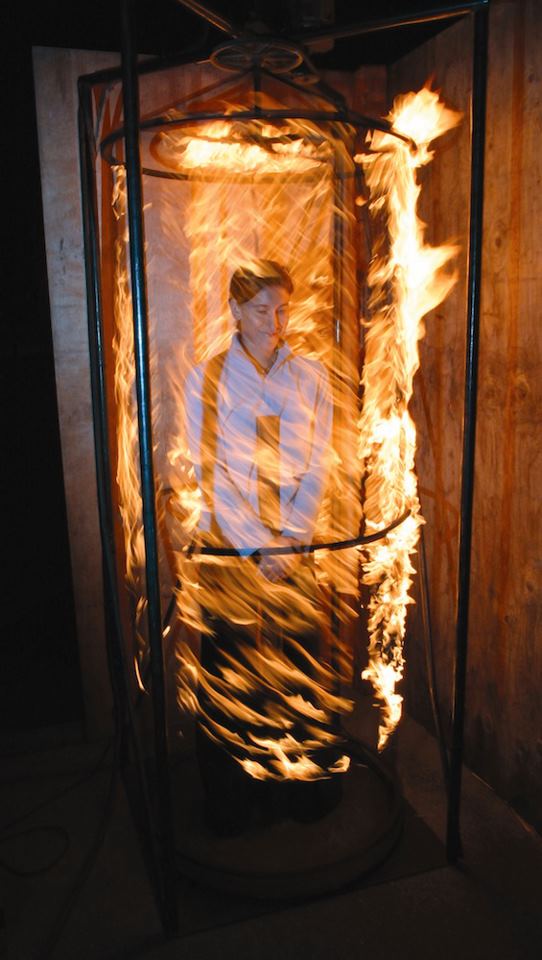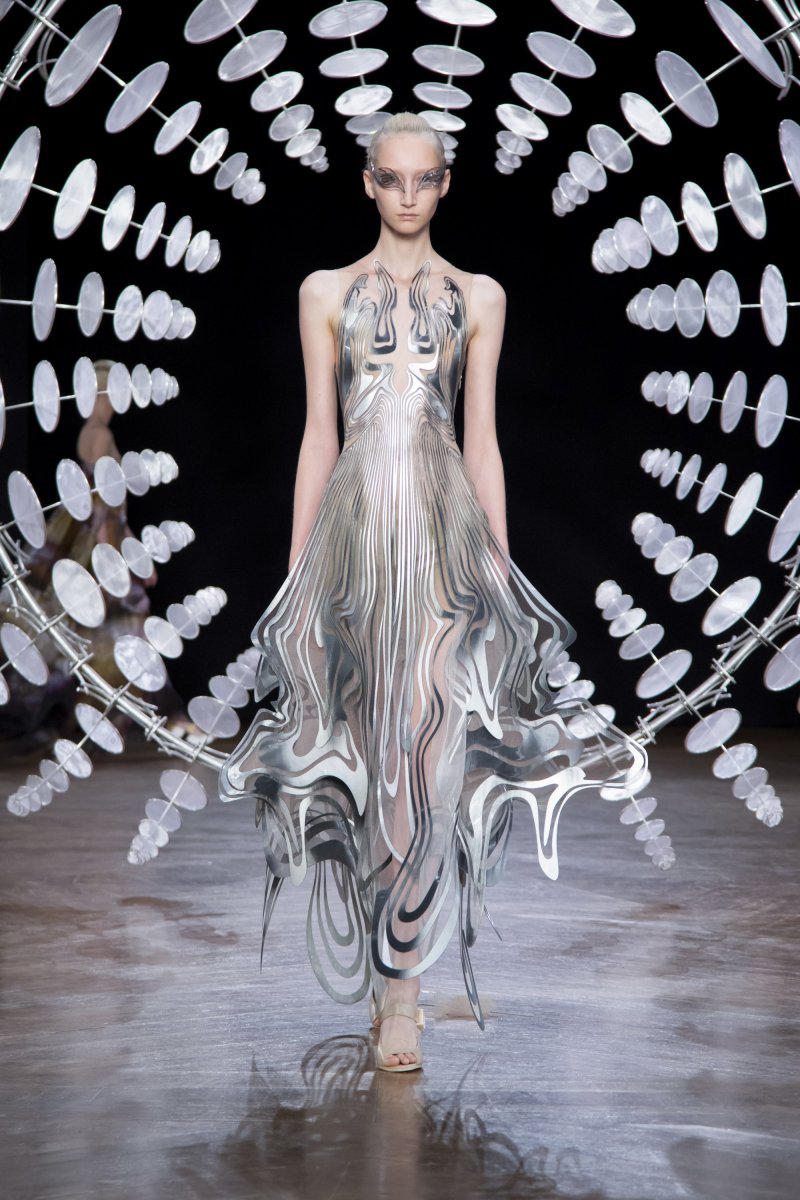
HUANG YI & KUKA
The work fulfills Huang’s childhood dream of having a robot dance partner and required development from scratch. After learning the mechanics of the industrial KUKA robot, he conceptualized the movements and programmed the machine to create the partner he wanted. He says of the experience, “Dancing face to face with a robot is like looking at my own face in a mirror… I think I have found the key to spin human emotions into robots.” It was developed into a full-length piece with two additional dancers as part of 3-Legged Dog Art & Technology Center‘s Artist Residency program and their 3LD/3D+ program.






